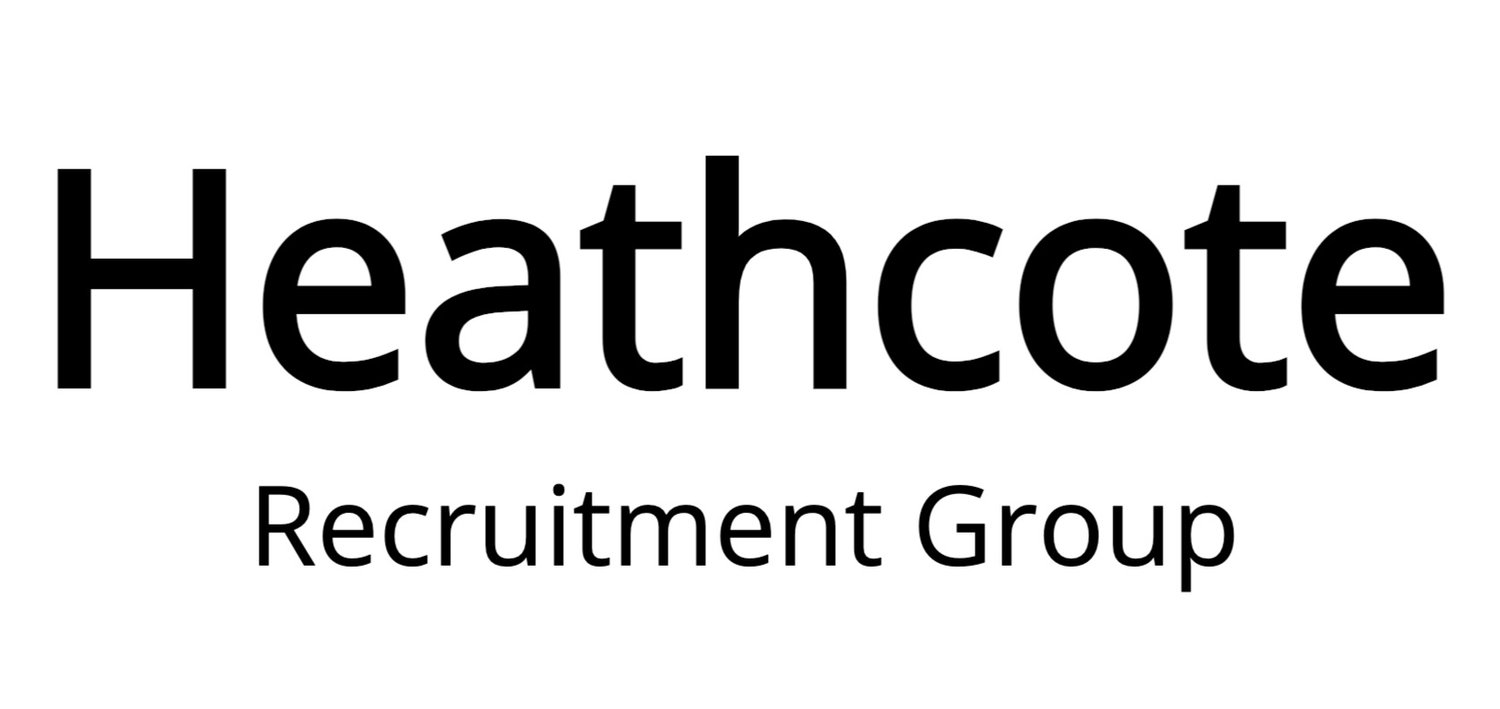With the UK unemployment rate hovering around 4.5 since May 2017 (the lowest since 1971), it is unsurprising that companies are investing more in their employer brand to attract the best talent.
With greater competition in the marketplace, specialist employees are scarce.
According to LinkedIn’s Global Recruiting Trends 2016, 59% of companies are spending more on their brand compared to last year. Five years ago, the field of employer branding was just emerging as a priority for recruiting teams. Today, it’s a key component of most talent strategies.
Although this makes sense in today’s connected candidate marketplace, companies should be wary of over-emphasising their spend on talent attraction and hiring, without placing the same attention on developing their retention strategy.
An integrated approach
HR recruitment teams know that they are critical to their organization (and they’re right), but a short-sighted view which elevates the importance of hiring, whilst diminishing other HR functions such as development and retention, can undermine even the best recruiting.
Whilst the ability to attract and recruit talent is vital to any company’s success, many companies fail to have an integrated approach to the entire candidate lifecycle; from attraction, through onboarding and development. This disconnect creates a fractured process where companies over-promote hiring and under-emphasise development, leading to retention issues and creating an endless loop of new recruiting.
Retention hurdles
Assuming Brexit doesn’t sink the UK into a hole, hiring will continue to remain a high priority throughout 2017 and beyond. And with the rise in the number of entrepreneurs - not to mention the growth of the gig-economy - luring full-time employees will become even harder as the talent pool slowly dries up.
This endless struggle for talent will put even more pressure on organizations to retain the staff they’ve worked so hard to secure over the past years. It therefore makes sense that those companies who are investing equally across new and existing talent will reap the most rewards.
Viewing your employees as fundamental building blocks of your organization, not commodities, will allow you to shift your mindset (and resources) towards continual development and growth, helping you keep your talent longer.

